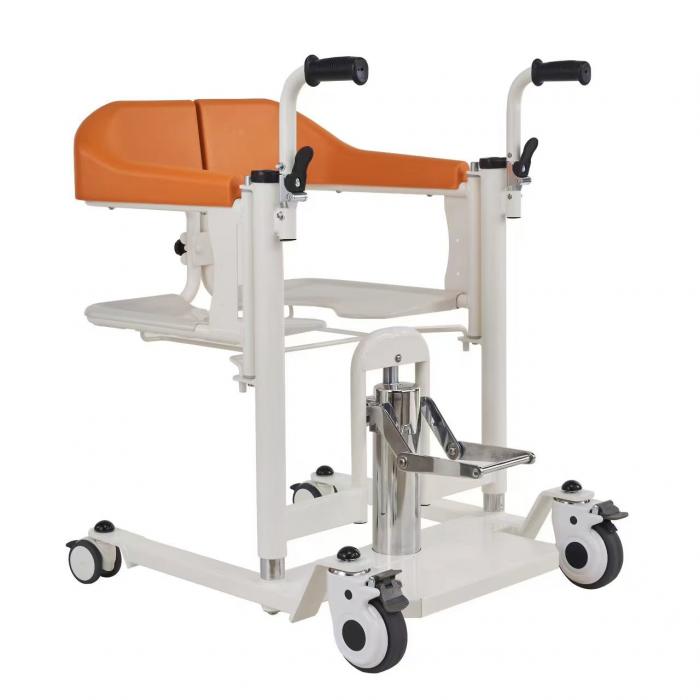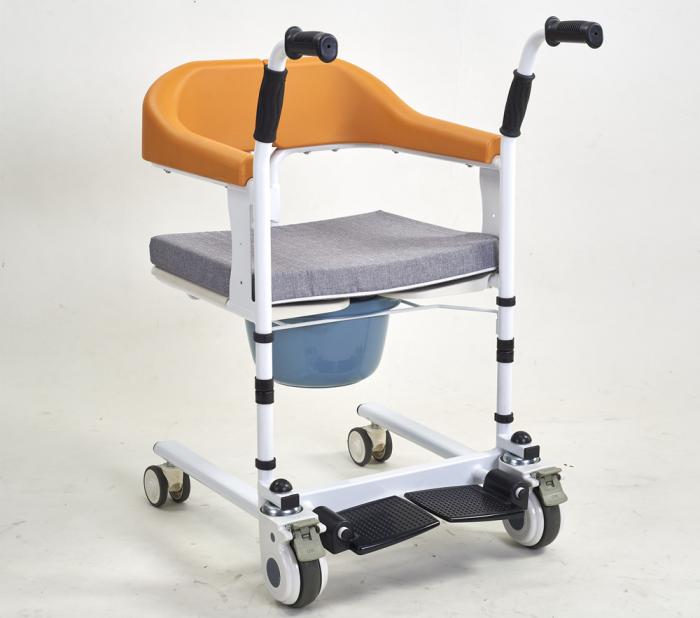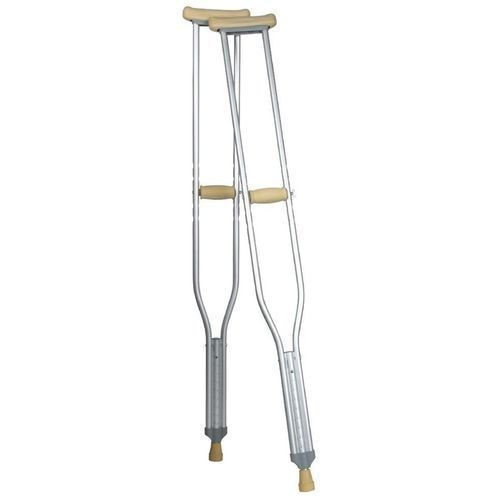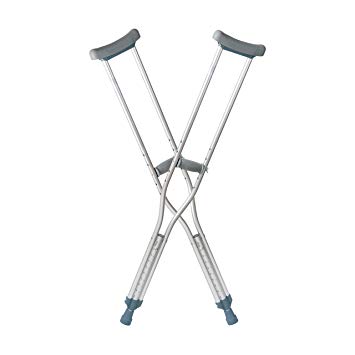| Name: | Knee Scooter |
|---|---|
| Model No.: | BES-WA37 |
| Product Name: | Knee Scooter |
| Brand: | BESCO |
| MOQ: | 100 units |
| Keywords: | Knee Scooter & Walkers,Foldable Knee Rover Scooter |
| Sample: | Available |
| Lead time: | 25 days |
| Payment Term: | T/T in advance |
| Country of Original: | China |
| Weight Capacity: | 130 kgs |
| Stock: | Available |
| Factory Address: | Shanghai |
| Office: | Zhengzhou,China |
Products Description
Knee Scooter -BESCO MEDICAL
Knee Scooter Specifications:
Powder coating steel frame
PU soft knee platform
8'' front & rear solid wheels
Fixed armrest & footrest
Height:91-102cm
Length:80cm
Packing:
Carton:70x30x46cm Pcs/CTN:1pc
20GP:290pcs/ 40HQ:703pcs

A knee scooter is a wheeled medical device, also known as a knee walker, that serves as an alternative to crutches for individuals with injuries below the knee, such as fractures, sprains, or after surgery. It features a padded knee platform for the injured leg and a steering handlebar, allowing the user to remain active by supporting their weight on the knee pad and propelling themselves with their uninjured leg. Knee scooters offer greater mobility and stability than crutches and are used for a wide range of injuries including Achilles tendon issues, foot and ankle surgery recovery, and diabetic foot conditions.
How it works
Weight-bearing relief: The injured leg rests on the padded knee platform, taking pressure off the foot or ankle.
Mobility: The user pushes with their uninjured foot, similar to a regular scooter, to move around.
Control: Adjustable handlebars allow for steering, and handbrakes provide stopping control.
Benefits compared to crutches
Increased independence: A knee scooter allows for hands-free operation, making it easier to carry objects and perform daily tasks.
Enhanced stability: The wheeled design offers more stable support than crutches, reducing the risk of falls.
Improved posture: It helps maintain a more upright and natural posture, which can reduce strain on the back.
Common uses
Knee scooters are prescribed for conditions and injuries affecting the foot, ankle, or calf, including:
Foot, ankle, or leg fractures
Achilles tendon tears or rupture
Sprained ankles
Recovery from ankle, foot, or below-the-knee surgery
Diabetic wounds or ulcers on the foot
A knee scooter is a wheeled mobility device with a cushioned knee rest for an injured leg and a steering handle to provide mobility without weight-bearing on the affected limb. Key features include a padded platform, handlebars, multiple wheels for stability, and often handbrakes for control, making it a comfortable alternative to crutches that keeps the user's hands free for daily tasks.
Key Features and Benefits
Padded Knee Platform:
A cushioned support allows you to rest your injured leg comfortably, taking weight off your foot and ankle.
Handlebars:
These provide steering and support, allowing you to maneuver the scooter and maintain balance.
Wheels:
Typically, there are three to five wheels, providing a stable and balanced base for movement over various surfaces, including carpet, concrete, and even light dirt.
Hand Brakes:
Many models are equipped with hand brakes for enhanced stability and control, especially on slopes or uneven surfaces.
Hands-Free Operation:
Unlike crutches, a knee scooter leaves your hands free, making it easier to carry items or perform other daily tasks.
Foldable Design:
Some models feature a folding mechanism for easier storage and transportation.
Steerability:
Many knee scooters are steerable, which increases maneuverability and ease of movement.
How it Works
Positioning: Sit on the scooter, placing your injured leg on the cushioned knee platform.
Propulsion: Use your uninjured foot to push off the ground and propel yourself forward.
Steering & Control: Use the handlebars to steer and the hand brakes to slow down or stop.








